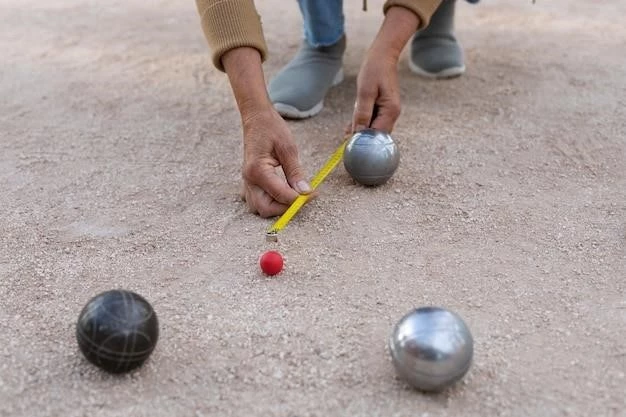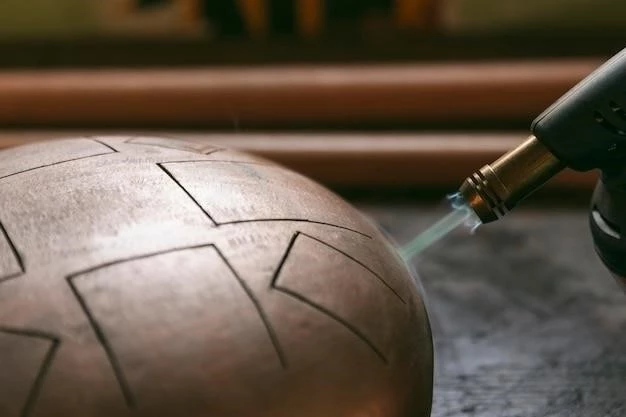The History of Ball Games: From Ancient Mesoamerica to Modern Day
The history of ball games is as old as civilization itself․ From the ancient Mesoamerican courts to the modern-day stadiums, the pursuit of a ball has captivated humanity for millennia․ This article will delve into the fascinating evolution of ball games, exploring their origins, cultural significance, and their enduring legacy․
Ancient Roots: Mesoamerica and Beyond
The earliest documented ball games can be traced back to ancient Mesoamerica, where civilizations like the Maya and Aztecs developed complex rituals and games centered around a rubber ball․ These games, known as “pok-a-pok” or “ullamaliztli,” were more than just entertainment; they were deeply intertwined with religious beliefs and societal structures․ Players, often representing different communities or social classes, would compete in elaborate ceremonies, with the outcome believed to influence the fate of their people․
Beyond Mesoamerica, evidence suggests that ball games existed in ancient Egypt, China, and Greece․ These games, while varying in rules and purpose, shared a common thread: they served as a means of physical and mental exertion, social interaction, and cultural expression․
The Rise of Organized Sports: Medieval and Renaissance Europe
During the Medieval and Renaissance periods in Europe, ball games underwent a transformation․ The influence of the Roman Empire, with its emphasis on physical fitness and military training, contributed to the development of organized sports․ Games like “soule,” a forerunner of football, and “shinty,” a precursor to hockey, gained popularity․ These games, often played in open fields, provided opportunities for physical competition and social bonding․
The Renaissance saw a renewed interest in classical learning and the arts, leading to the development of new games and sports․ This era witnessed the emergence of “real tennis,” an indoor game played on a court with rackets, and “fives,” a handball game played against a wall․ These games, often played by the elite, reflected a growing appreciation for refined skills and strategic thinking․
Modernization and Specialization: The 19th and 20th Centuries
The 19th century witnessed a dramatic shift in the landscape of ball games․ The Industrial Revolution brought about a surge in urbanization and leisure time, creating a fertile ground for the development of organized sports․ The standardization of rules, the formation of leagues and clubs, and the rise of professional athletes transformed ball games into a global phenomenon․
This era saw the birth of modern sports like soccer, baseball, basketball, and volleyball․ These games, with their codified rules and standardized equipment, facilitated international competition and fostered a sense of national pride․ The emergence of professional leagues and the media’s embrace of sports further propelled their popularity, transforming ball games into a lucrative industry․

The Future of Ball Games: Innovation and Inclusivity
As we enter the 21st century, ball games continue to evolve․ The digital age has brought about new forms of competition, with esports and virtual reality games gaining traction․ The rise of social media and streaming platforms has democratized access to sports, connecting fans across the globe and fostering a sense of community․
The future of ball games lies in embracing innovation while upholding the core values of sportsmanship, fair play, and inclusivity․ By adapting to changing social norms and technological advancements, ball games can continue to provide a platform for physical and mental development, social interaction, and cultural expression․

Conclusion
From the ancient courts of Mesoamerica to the modern-day stadiums, the history of ball games is a testament to humanity’s enduring fascination with the pursuit of a ball․ These games have served as a means of physical and mental exertion, social interaction, and cultural expression, evolving over centuries to reflect the changing dynamics of society and technology․ As we move forward, the future of ball games holds promise for innovation and inclusivity, ensuring that this ancient tradition continues to captivate and inspire generations to come․










